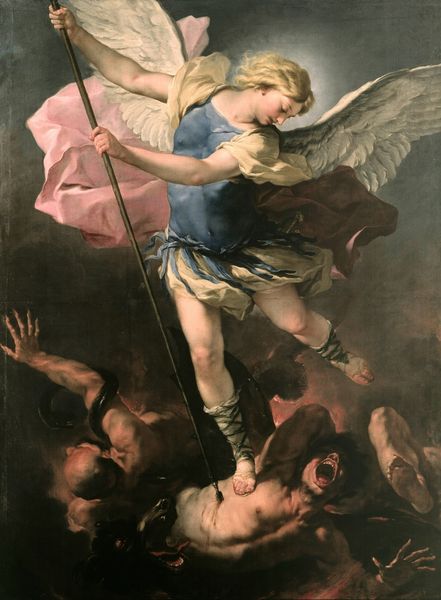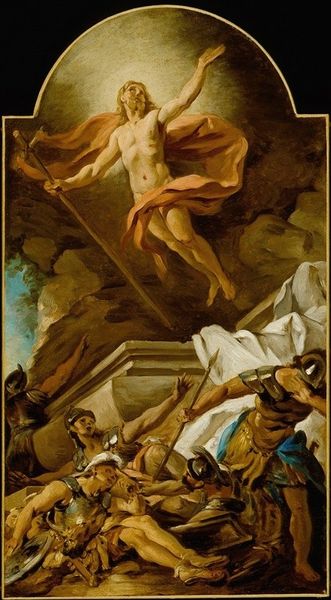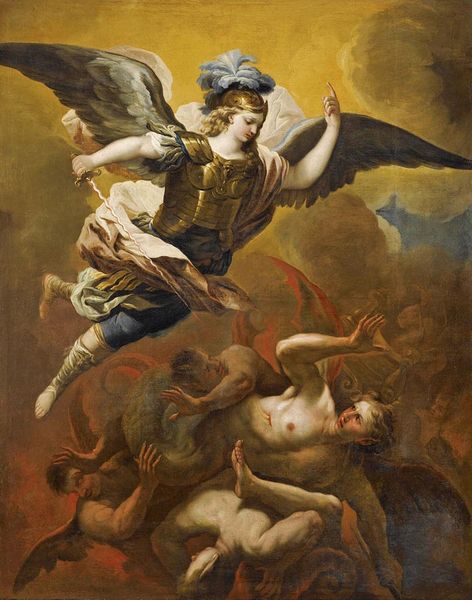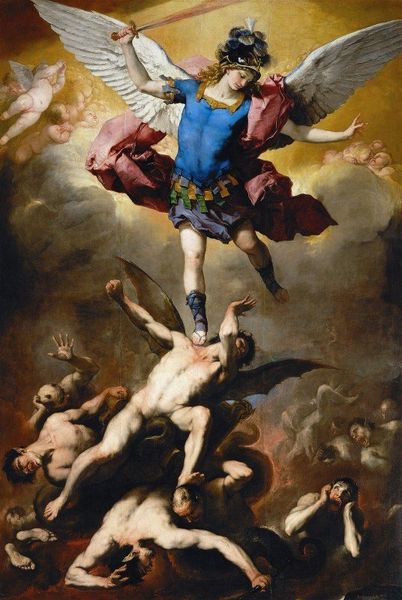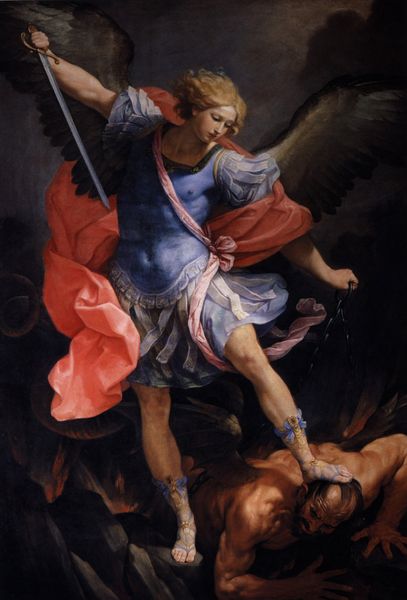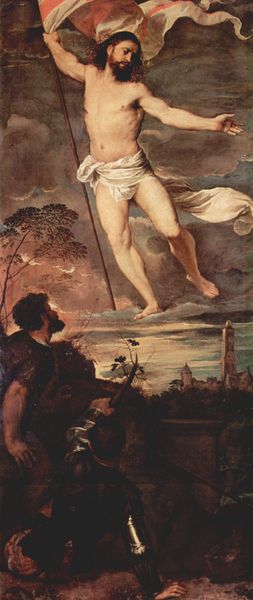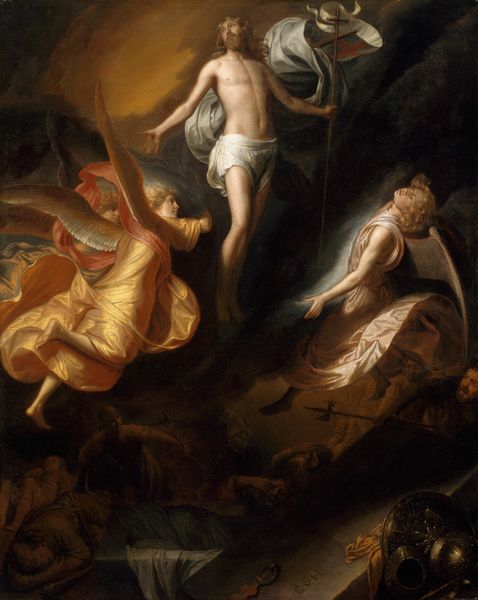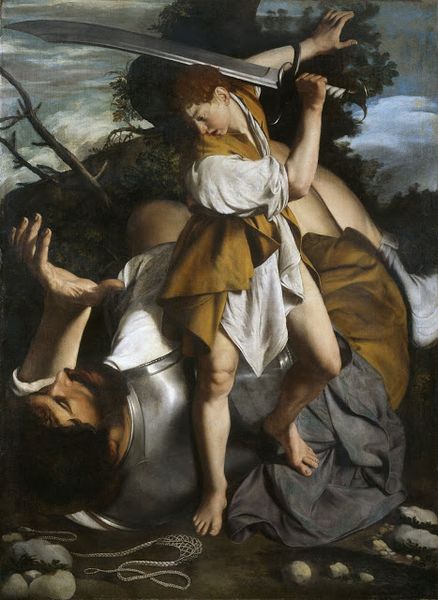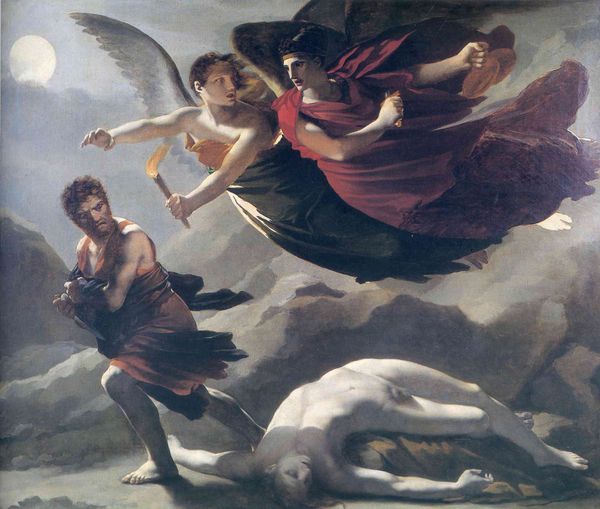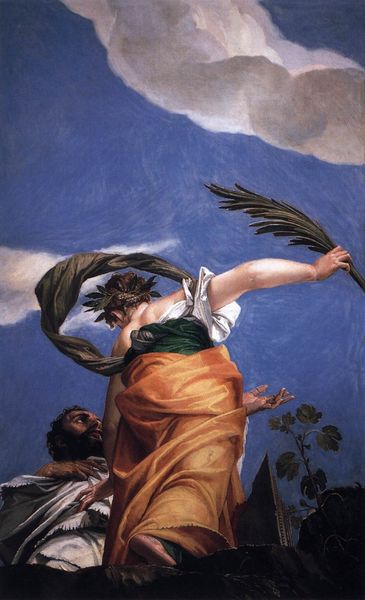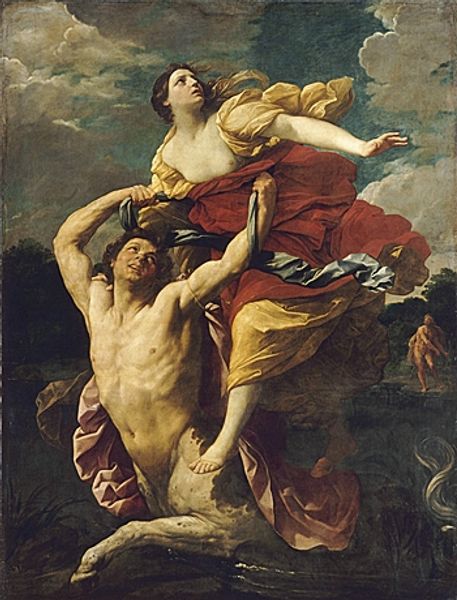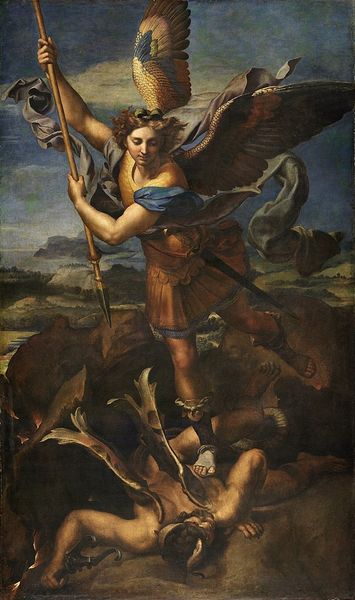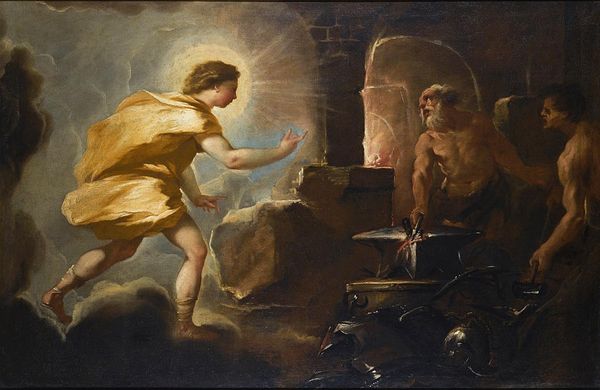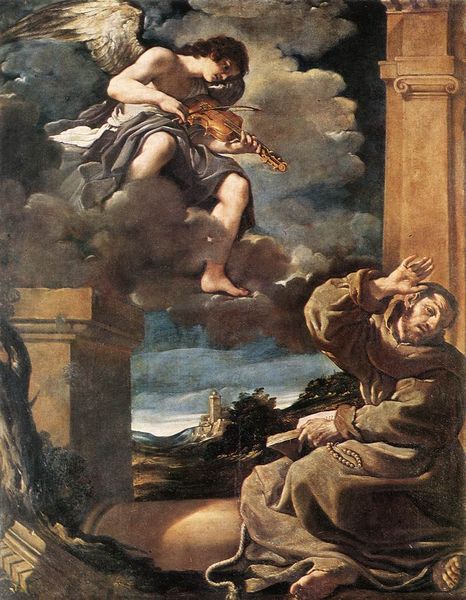
painting, oil-paint
#
allegory
#
baroque
#
painting
#
oil-paint
#
figuration
#
oil painting
#
history-painting
#
italian-renaissance
Dimensions: 278 x 192 cm
Copyright: Public domain
Editor: Here we have Orazio Gentileschi’s "St. Michael and the Devil," created in 1607 using oil paint. The way St. Michael is depicted feels surprisingly graceful despite the intense action – almost like a ballet dancer. What can you tell us about this piece? Curator: This painting comes at a fascinating moment in art history. While it nods to Renaissance ideals, the drama foreshadows the Baroque. The Catholic Church was a major patron, commissioning works that visually reinforced their spiritual authority, especially during the Counter-Reformation. What kind of message do you think this imagery would communicate? Editor: It definitely feels like a visual assertion of the Church's power, maybe even a warning? Seeing the angel triumph over the devil reinforces that message, right? Curator: Exactly. Consider where this might have been displayed - likely in a church, as a large altarpiece or mural. The public role of such an image would have been immense, constantly reminding viewers of the battle between good and evil, and the Church's role as a protector. Editor: So the painting’s display, especially its context, shaped how it was understood at the time? Curator: Precisely. Its effect wasn't just about individual aesthetics. The institutional and socio-political framing heavily influenced its interpretation and reception. Editor: This has given me a whole new perspective; I never thought about art as a form of social messaging. Curator: And how the message changed over time. The political forces at play have altered so this gives the piece added meaning today.
Comments
No comments
Be the first to comment and join the conversation on the ultimate creative platform.
